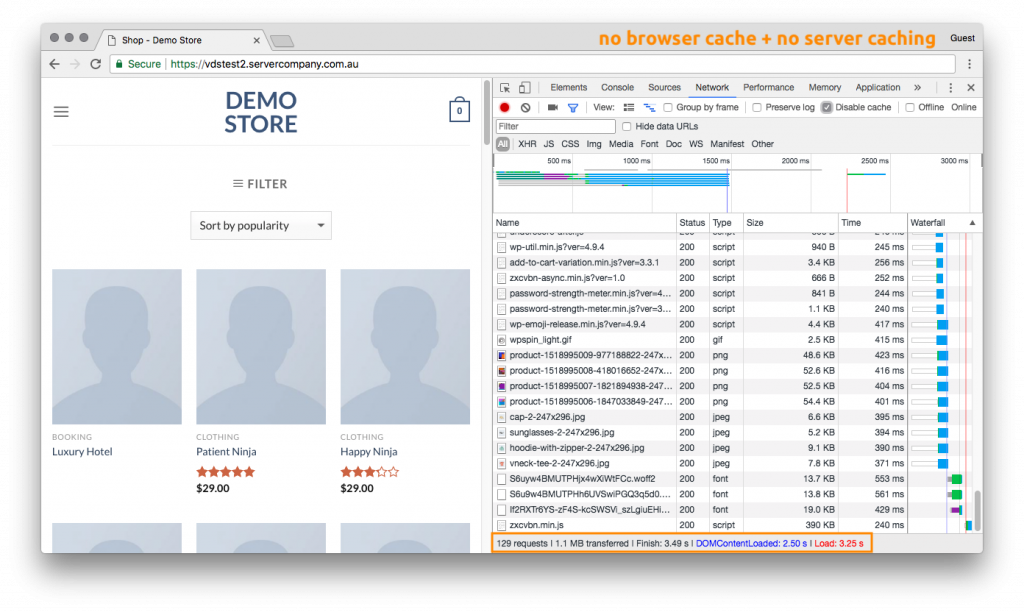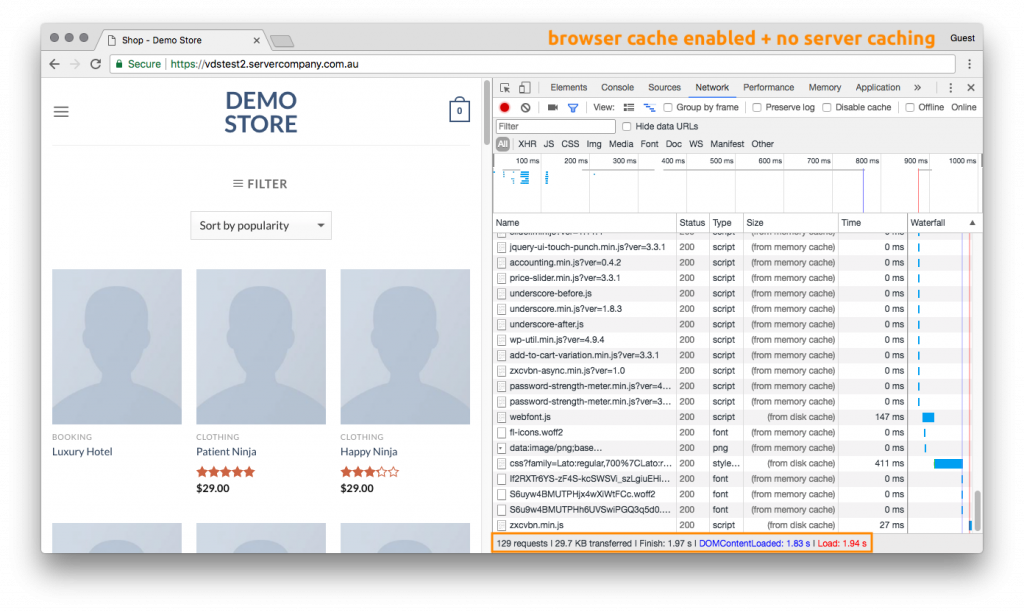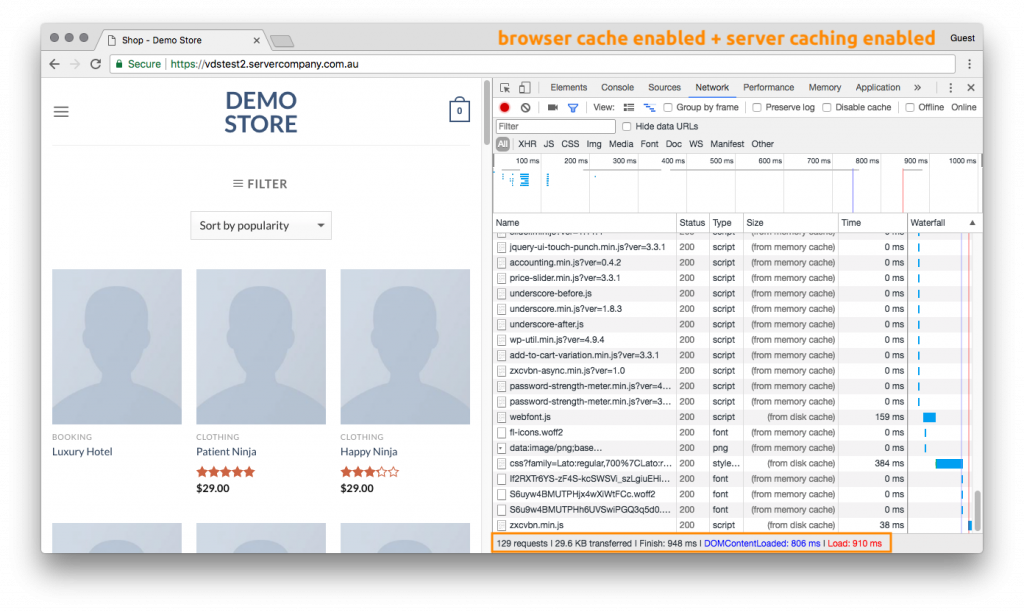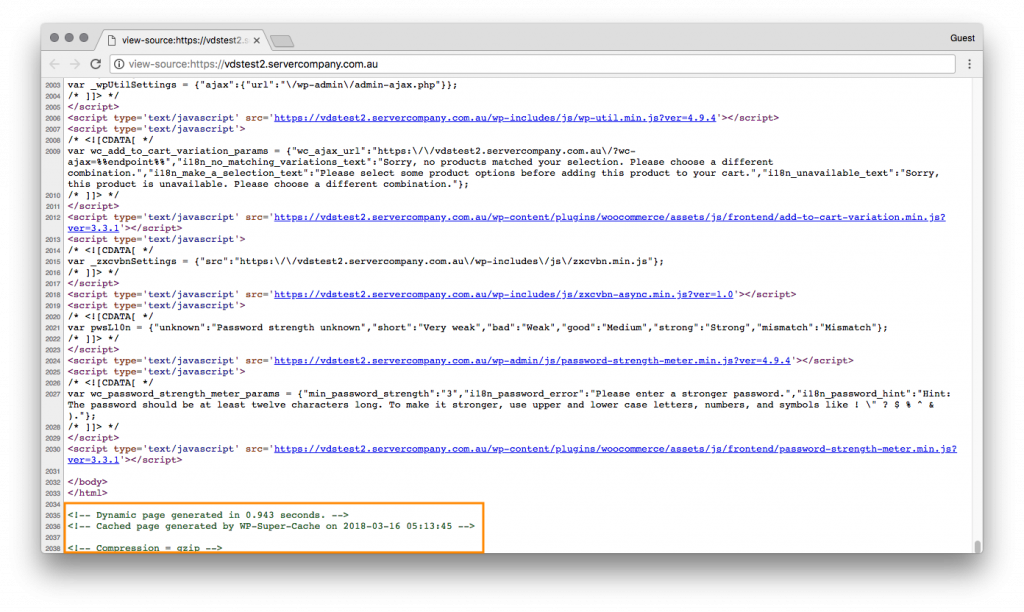Improving website speed is essential for better user experience and SEO rankings. One effective way to enhance performance is to configure WP Super Cache, a powerful caching plugin for WordPress.
Any seasoned WordPress developer or reputable hosting provider when asked for tips on improving the speed of your website will tell you, the number 1 thing that you must check is:
Do I have caching enabled on my website?
If the answer is no, or even if it’s a yes — the video below will walk you through the process.
Configuration
We’ve chosen WP Super Cache for this guide, as in our opinion for a freely available non-premium caching plugin it’s the best choice. Rock solid performance coupled with an easy to use interface makes setup a breeze but still leaves room to improve for those looking for the advanced settings.
Testing
With the configuration out of the way and the site now operating with caching in place – what does all that mean for the website?
We’ve performed the exact same steps as indicated in the video on our demo website, which is fairly typical of a WordPress site running WooCommerce, with an average page load of about 3 seconds.



Load times
- No client side (browser) caching, or server side caching: 3.25 seconds
- Client side (browser) caching enabled, no server side caching: 1.94 seconds
- Client side (browser) caching enabled, server side caching enabled: 910 ms
You can clearly see the difference in the website’s load time when operating with and without caching. Our demo website now loads 3.57 times quicker than before.
To verify that your website is functioning with caching enabled, view the source code of the site. You can do this by right-clicking on the page and selecting ‘View Source.’ Then, scroll to the bottom to find a caching confirmation message.

Conclusion
Taking the time to properly configure WP Super Cache can significantly boost your website’s speed and performance. By enabling caching and optimising the plugin settings, you can reduce server load and improve page load times for visitors. Finally, regularly checking and updating your cache settings ensures your site remains fast and efficient as it grows.